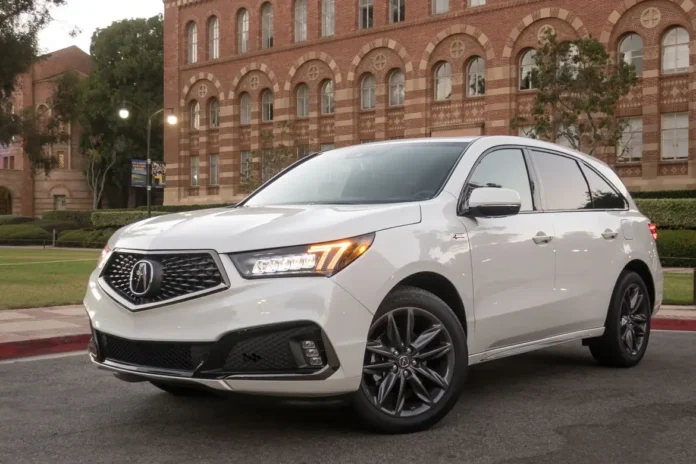The automotive market has recently witnessed a significant shift, with new cars priced under $20,000 becoming increasingly rare. This blog post aims to explore the multifaceted reasons contributing to this trend, shedding light on the rising costs and changing priorities in the industry.

Rising Production Costs
One of the primary reasons for the diminishing entry-level cars is the substantial increase in production costs. The COVID-19 pandemic has triggered global supply chain disruptions, notably the chip shortage, leading to higher expenses for manufacturers. Prices for essential materials such as steel, aluminum, and lithium have escalated, and rather than absorbing these costs, automakers have shifted the burden onto consumers, raising vehicle prices significantly. As a result, many once-affordable models, like the Chevy Spark and Hyundai Accent, are now discontinued.
Stricter Regulations
Another considerable factor is the implementation of stricter regulations in vehicle manufacturing. Modern vehicles must now meet a comprehensive set of safety, emissions, and technological standards, even in the entry-level segment. Features such as backup cameras and driver-assistance systems, essential for compliance with federal guidelines, invariably increase production costs. These added complexities make it challenging for automakers to maintain lower vehicle prices.
The Shift Towards High-Margin Vehicles
Moreover, car manufacturers are increasingly focusing on producing SUVs, trucks, and electric vehicles due to their higher profit margins compared to compact or subcompact cars. The profitability of selling one well-equipped SUV often eclipses the need to sell multiple economy vehicles. This shift in production strategy further contributes to the thinning population of entry-level cars, creating a more expensive automotive landscape for consumers.



